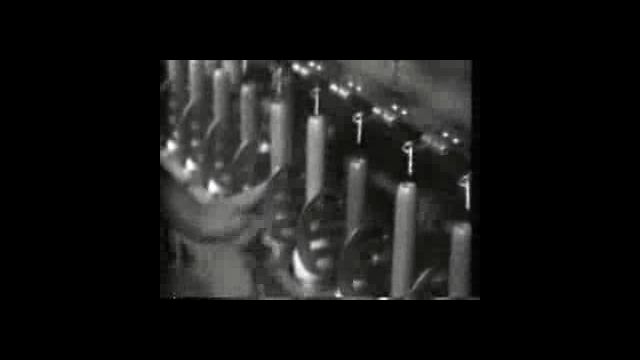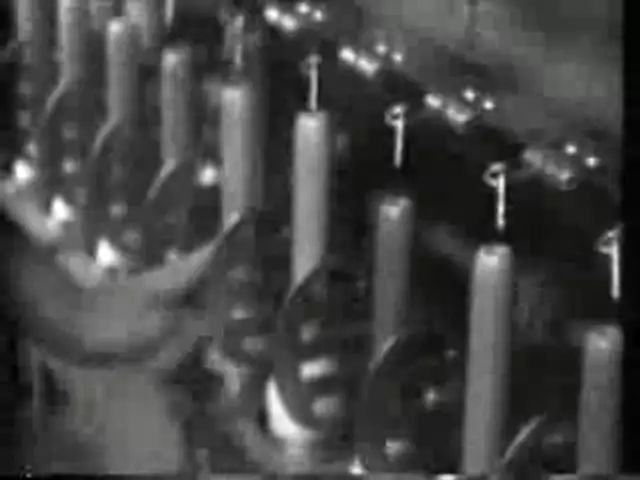Within the Gate 1930 Women's Bureau of the US Department. of Labor
12 anni
3.8K Visualizzazioni
Categoria:
Descrizione:
This motion picture, Within the Gate, shows the distribution of women throughout the occupations listed by the census of 1920 and their importance to industry in general, while using the textile industry as a specific example. It was made by the US Women's Bureau in 1930. The Women's Bureau was established within the Department of Labor by Congress in 1920. Congress gave the Bureau the duty to "formulate standards and policies which shall promote the welfare of wage-earning women, improve their working conditions, increase their efficiency, and advance their opportunities for profitable employment." It also gave the Bureau the authority to investigate and report to the U.S. Department of Labor upon all matters pertaining to the welfare of women in industry. It is the only federal agency mandated to represent the needs of wage-earning women in the public policy process. The Women's Bureau was originally a government office organized in 1918 as a war agency of the Department of Labor and named the Women in Industry Service. Prior to World War I, of all women employed in the manufacturing industries, three-fourths were making wearing apparel or its materials, food, or tobacco products. During the World War the number of women in industry increased greatly and the range of occupations open to them was extended, even though they remained concentrated in certain occupations such as domestic and personal service, clerical occupations, and factory work. The Women's Bureau has been groundbreaking in many ways. The Woman in Industry Service, the Women's Bureau's predecessor agency, tried to find out through field investigations what was happening to women in the readjustment period after World War I and it also started several investigations of women's employment in various states, which became a major part of the Women's Bureau's program. Women's Bureau studies in the 1920s and 1930s focused on working conditions for women in such industries and occupations as the candy industry (1923); private household employment (1924); canning industries (1926, 1927, and 1930); cotton mills (1926, 1929, and 1933); spin rooms (1929); laundries (1930 and 1936); bookkeepers, stenographers, and office clerks (1932, 1934, and 1935); sewing trades (1932 and 1935); cigar and cigarette industries and tobacco stemmeries (1932 and 1934); vitreous enameling (1932); the leather glove industry (1934); the shoe industry (1935); department stores (1936); the silk dress industry (1936); and the millinery industry (1939). For more about the work of the Women's Bureau, vivit their website at http://www.dol.gov/wb/. This film is from the US National Archives in College Park, Maryland. (MarkDCatlin)




